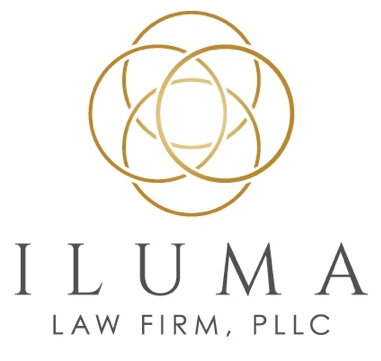4 Ways to Protect Your Brand
Need to protect your brand but aren’t sure where to start? Here are some good tips to get you started:
Make sure you have a unique business name and conduct a thorough trademark search.
You don't want to waste time and money marketing your brand if it's already in use by a similar company. More importantly, your business will be at risk of being sued for trademark infringement if you fail to conduct your due diligence before choosing your business name. That’s why having an attorney conduct a trademark search or conducting your own at this stage will also help you ensure the name you want to use is not already in use by a similar company.
Coaches, course creators, and anyone else distributing your content to clients – the same is true for the names of your courses and any other element of your brand you want to protect.
Consider trademarking your brand and any courses you have.
A trademark is a word, combination of words, symbol, or combination of these that identifies your company as the source of your goods or services.
For example, if you are providing coaching services, and you trademarked your business name, that name would identify your business as the sole source of your coaching services, and your company would be the only entity that could use that name or a similar name to provide coaching services.
Generally, as long as your company is the first company providing the same or similar goods/services as your company using your name or a similar name, you will have trademark protection just by using your name or symbol in your business. However, that protection will generally be limited to the geographic area where you conduct business.
On the other hand, if you formally register for a federal trademark, and it is approved, it will provide nationwide protection. That way, someone in another state who has a similar company to yours can’t freeload off your hard-earned goodwill and use a similar name.
Make sure you have proper copyright notices on your content, and formally register your copyrights for more protection.
A copyright is the original creator of a work’s exclusive right to reproduce and distribute that work.
Copyright protection is similar to trademark protection in that you don’t have to formally register it to be entitled to at least some protection. You only need to put others on notice of your copyright. However, formally registering your copyright will provide you with more protection. If you ever want to enforce your copyright and sue someone who is illegally using or distributing your copyrighted work, you will need to register it with the U.S. Copyright Office. Registering your copyright also provides proof that you are the original owner of your work.
Make sure you have contracts that specifically state who owns what you create.
Be proactive with your contracts. Make sure you have clear terms stating who owns what content and clearly explain when and how your clients can use your content. This is also true for agreements with collaborators. Be clear about who owns what content. You should also consider having anyone working on proprietary content with you sign non-disclosure agreements if you want to protect that information from being disclosed before it is released.
DISCLAIMER: This information is provided for general information purposes only and should not be construed as legal advice with respect to any matter. This information is not intended to be an exhaustive list of the topics discussed. It does not create an attorney-client relationship and should not be used as a substitute for legal advice in any specific situation.
© 2021 Iluma Law Firm, PLLC. All rights reserved. Offices Orlando.

